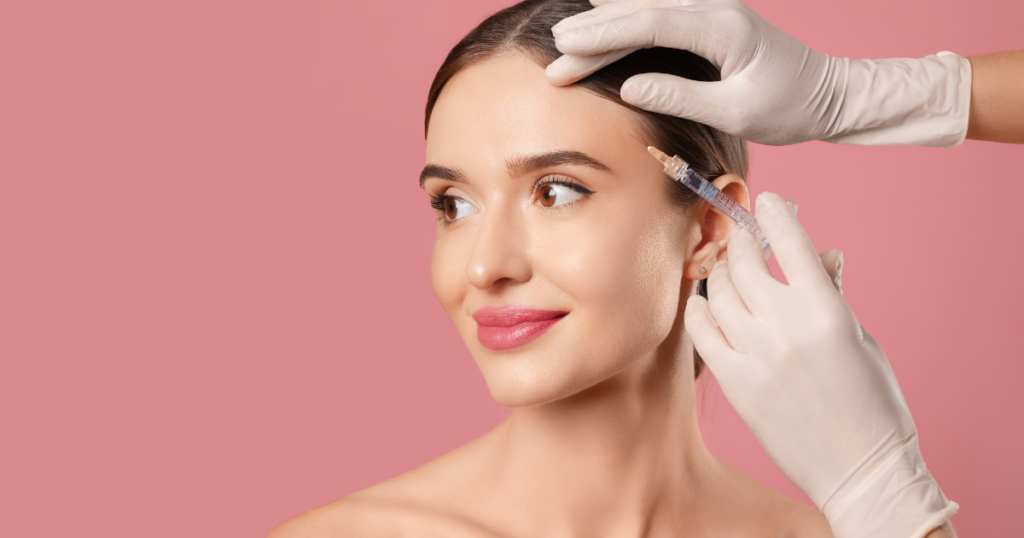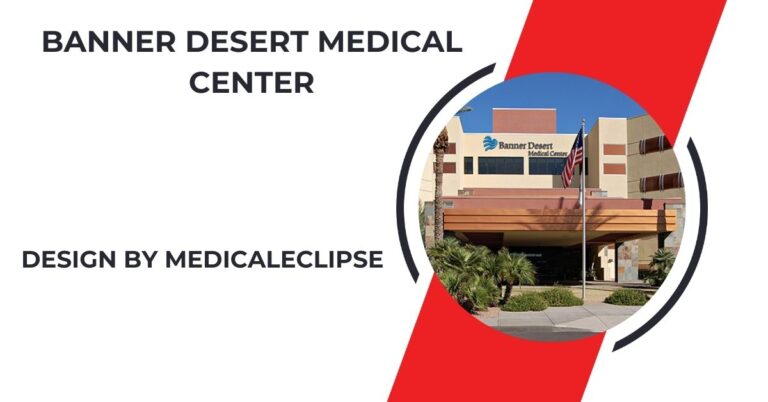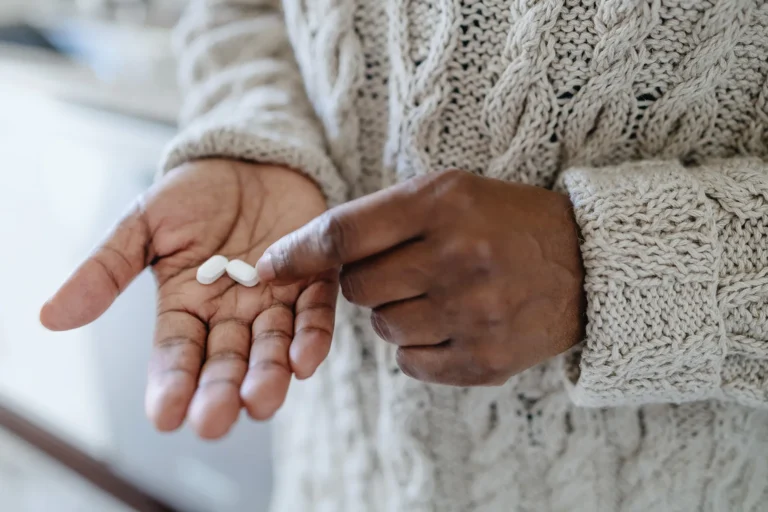Botox treatments have gained popularity for their ability to smooth wrinkles and fine lines. While the procedure is non-invasive and efficient, proper aftercare is key to achieving optimal results and avoiding discomfort. Here is more information on aftercare steps, focusing on care immediately after treatment, activities to avoid, and long-term maintenance:
What Immediate Care is Necessary
Following a Botox procedure, there are steps that help promote comfort and safeguard the treated area. It’s advisable to keep the treated area untouched for several hours. This simple action reduces the risk of infection or irritation. Gentle cleansing of the face with a mild cleanser is sufficient, avoiding vigorous scrubbing or heavy skincare products during the first day.
Patients are often advised to remain upright for at least 4-6 hours after the treatment. This positioning minimizes the movement of the solution to unintended areas, which can affect results. Light facial exercises, such as raising the eyebrows or smiling gently, may also be suggested, as these could help distribute the product evenly. Cold compresses or ice packs can soothe minor swelling or redness, though this is typically minimal. Use a thin cloth barrier to prevent direct application of ice to the skin.

Which Activities Should Be Avoided
Certain activities and behaviors may interfere with the effects of Botox. Avoiding intense physical activity for at least the first 24 hours is often recommended. Exercise increases blood circulation, which may cause the product to migrate or reduce its effectiveness. Resting the body during this time allows the treatment to settle properly.
Heat exposure, including hot showers, saunas, or prolonged sun exposure, should also be avoided. Heat may increase redness or irritation in the treated areas. Alcohol and blood-thinning over-the-counter medications or supplements, such as aspirin or fish oil, are best avoided immediately post-treatment, as they can increase bruising at the injection sites.
What Are Long-Term Maintenance Tips
Sustaining results over time requires adhering to positive habits. A skincare routine that includes sunscreen with SPF 30 or higher can protect the skin from UV-induced damage, preserving the benefits of the treatment. Hydration and a balanced diet contribute to overall skin health while limiting smoking and sunbathing supports the longevity of Botox effects.
Scheduling follow-up appointments with the treating professional is another step for maintaining consistent results. Each individual metabolizes Botox differently, so these sessions help tailor future treatments to align with the effects on the body. Regular communication with practitioners also allows patients to discuss any questions or concerns as they arise. While Botox treatments significantly delay the appearance of aging, they work best when paired with a healthy lifestyle and thoughtful skin care practices. Effective maintenance plays a long-term role in boosting the overall outcome.
Aftercare following Botox treatment involves three key areas to focus on: attentive actions immediately after the procedure, avoidance of certain activities that may disrupt results, and consistent long-term maintenance. By following these steps, patients can enhance the benefits of their treatment while minimizing potential complications. For further guidance tailored to individual needs, consult a qualified practitioner to enable a successful Botox experience.
-
What Is Medicaid Exclusion For Funeral Plans – Benefits of Medicaid Funeral Exclusions!
Medicaid exclusion for funeral plans allows individuals to set aside funds for funeral expenses without affecting Medicaid eligibility. This ensures financial stability and preserves benefits. In this article, we will delve into “What is Medicaid exclusion for funeral plans,” exploring its significance, how it works, and why it is a vital tool for financial and […]
-
Banner Desert Medical Center – Trusted Care in Arizona!
Banner Desert Medical Center provides comprehensive medical care, specialising in trauma, cardiology, cancer, and paediatric services. In this detailed guide, we’ll explore the history, specialties, patient care experience, and the many reasons Banner Desert Medical Center is a top choice for healthcare in Arizona. History of Banner Desert Medical Center: Established in 1973, Banner Desert […]
-
Why Cranberry Femine Health – The Ultimate Natural Wellness Guide for Women!
In recent years, more women are turning to natural solutions to manage their health—particularly when it comes to intimate and urinary wellness. Among all the herbal and fruit-based remedies available, one stands out: cranberry. So, why cranberry for feminine health? Is it just another wellness trend, or is there actual science behind it? In this […]
-
What Is The Best Peptide For Bone Health – A Comprehensive Overview!
When it comes to maintaining strong, healthy bones—especially as we age or recover from injury—many people are turning to peptide therapy. But with so many peptides on the market, you might be wondering: “What is the best peptide for bone health?” In this article, we’ll explore the most effective peptides for bone regeneration, density, and […]
-
Why Is Signify Health Calling Me – Understanding the Purpose Behind the Call!
You may have recently received a call from Signify Health, and understandably, you’re wondering: “Is this a scam?” or “Why are they reaching out to me?” Signify Health is not a telemarketing company or a scam. It’s a legitimate healthcare organization that works with insurance providers like Medicare Advantage, Medicaid, and commercial health plans to […]
-
Adolescent Health Sandra Mcchanja – Advocacy, Research, and Impact!
Adolescent health is a cornerstone of public health, as it shapes the future of communities, nations, and generations. One of the notable figures making a real impact in this field is Sandra McChanja, a professional recognized for her work in adolescent healthcare, youth empowerment, and social health education. In this article, we’ll explore what adolescent […]






Leave a Reply